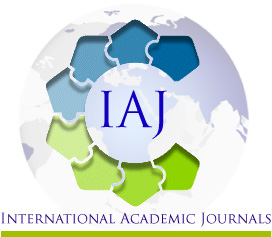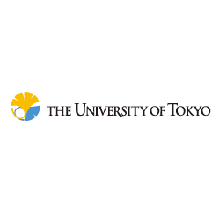EXTERNAL ELEMENTS AFFECTING CAPITAL STRUCTURE OF SMALL AND MEDIUM ENTERPRISE IN KENYA: A CASE OF KITUI COUNTY, KENYA
EXTERNAL ELEMENTS AFFECTING CAPITAL STRUCTURE OF SMALL AND MEDIUM ENTERPRISE IN KENYA: A CASE OF KITUI COUNTY, KENYA
James Munyalo Mwanzi - Masters Student, Kenyatta University, Kenya
James Muturi - Department of Accounting and Finance, Kenyatta University, Kenya
ABSTRACT
For quite some time, small and medium-sized enterprises' development and execution depend majorly on the capital structure financing choice. The choice of capital structure for SMEs is majorly influenced by various factors which mostly hinder their success. The operations of the small and medium-sized enterprises operate with equity or debt capital. The equity finance is sourced from the shareholders where the business owners ordinarily contribute to their business's success or it can be from retained earnings. In contrast to an equity fund, Debt financing is cash which is borrowed from moneylenders. The lenders ordinarily are commercial institutions, and the borrowed money has predetermined cost and maturity time. The capital structure of SME may either be under or over financed by either of the two sources of capital or be overall underfinanced by both, which may result to operational challenges. Small and medium-sized enterprises have a significant contribution to the country's economy by contributing immensely in terms of taxes, job creation, provision of quality goods and services at comparatively reduced prices. Despite this contribution, the operation and performance of SMES are adversely affected by the choice capital structure. Some of the external elements that influence capital structure include market conditions, cost of capital and attitude of the investor. The main reason for an investment is to get returns. If the future of returns on investment would be certain then an investor would go for an investment with higher returns therefore the investors have to take risk in the decision making. In 2017, the Kenya National Bureau of Statistics surveyed SME financing challenges. About 400,000 SMEs do not celebrate their second birthday according to the study. Few SMEs manage to reach their fifth birthday, which raises concerns on the sustainability of those businesses. This calls for an investigation to establish whether these external factors have an effect on the capital structure of small and medium-sized enterprises. This study examined the impact of external factors on small and medium-sized enterprises' Capital structure in Kitui County. Throughout the study theories of capital structure such as Signalling, Agency and Trade-off theories were used to analyze the external factors on capital structure. The recommendation from this research can be used by the decision makers to make policies which address the challenges facing SMEs in Kenya. The research design was descriptive to collect data from 150 SMEs in Kitui County using a structured questionnaire. Data analysis was done using multiple regression analysis in SPSS and findings presented by tabulation, charts and diagrams. From the study findings the government should come up with training programs to SMEs to enable them to manage their businesses, be creative and innovative so that they can exploit the available business opportunities. This can be possible if both the County and National governments through the ministry of Trade and Social services work together to facilitate these training programs. The government should provide annual or bi-annual benchmarking workshops for Kenyan SMEs with other SMEs in developed countries so that they can learn new ideas and technologies to enable them improve their business performance.









